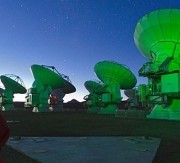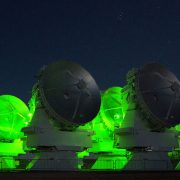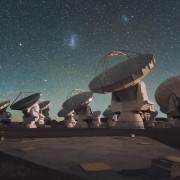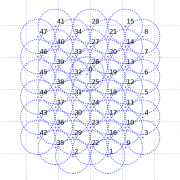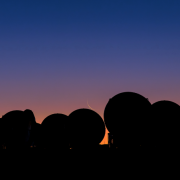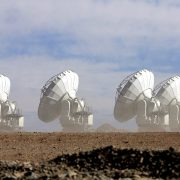Proposal Preparation Day – March 28th, 2019
Prior to the deadline for the ALMA Cycle 7 proposal submission (April 17th), Allegro will host a Proposal Preparation Day. Bring in your proposals and we will assist you with the technical aspects and help you in exploring their feasibility, while you work on it during that day. Allegro staff will be there to provide tips & tricks and answer all your questions.
Date: Thursday, March 28th, 2019 (9:30-17:00h)
Address: Niels Bohrweg 2, 2333 CA Leiden, the Netherlands — Huygens building — Room HL-111
You can register for the Proposal Preparation Day at the following link.
In addition to this proposal preparation day, remember you can always ask support from Allegro to help you with your proposals or ALMA related questions at any time.
Find more details below:
- Participants
- Directions
PARTICIPANTS Name Institution Michiel Hogerheijde Leiden Observatory Daniel Harsono Leiden Observatory Carmen Toribio Leiden Observatory Yanett Contreras Leiden Observatory Liz Guzman-Ramirez Leiden Observatory Jaroslaw Nicolaus Copernicus University Maciej Koprowski Nicolaus Copernicus University Matthew Kenworthy Leiden Observatory Alexander Bohn Leiden Observatory Nadejda Blagorodnova Radboud University Nadia Murillo Leiden Observatory Christian Ginski API Helga Denes ASTRON Jozsef Varga Leiden Observatory Cristina Garcia Vergara Leiden Observatory Johanna Poorta API Tabone Leiden Observatory
DIRECTIONS -Directions to Leiden Observatory Note that this is not the old Observatory in the center of Leiden.
There are regular buses from the Leiden Centraal station, buses 43 (direction Den Haag) or bus 57 (direction Nieuw Vennep). These take around 7 minutes. Please see the link below for more specific details if you will be coming by bus.
Instructions on how to get to Leiden Observatory, including transportation from Schiphol Airport, can be found here:
https://www.lorentzcenter.nl/howto.php
And a site map can be found here:
https://www.lorentzcenter.nl/map_LC_hotels_stat_web.php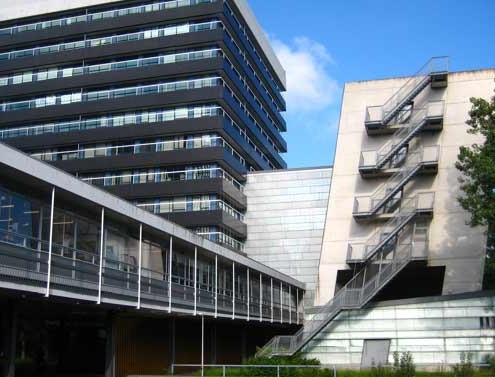
Note these specify the route to the Lorentz Center, which is in the forward leaning building in the photo. Leiden Observatory and Allegro offices are located on the 4th and 5th floor of that same building. The event will be held in the joining taller building – The Huygens building.
-Directions inside the building: The event will be held on the 1st floor of the Huygens Building (HL), room HL 111.

